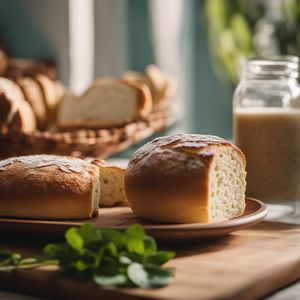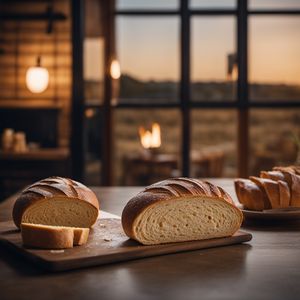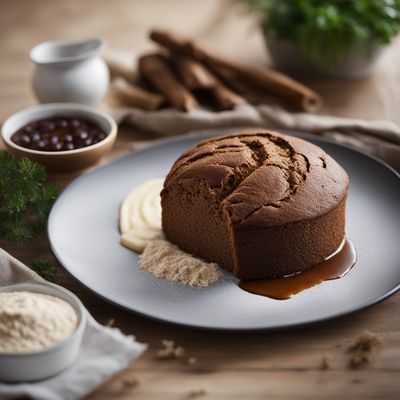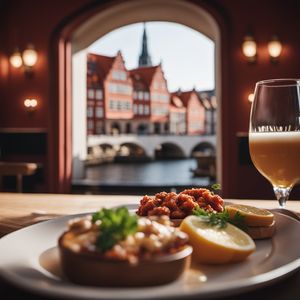
Dish
Rúgbrauð
Rugbraud
Rúgbrauð is made with a combination of rye flour, wheat flour, and sourdough starter. The dough is typically fermented for several hours or overnight, which helps to develop the bread's flavor and texture. Once the dough has risen, it is placed in a covered pot and baked in a low oven for several hours. The resulting bread is dense, chewy, and packed with flavor. Rúgbrauð is a versatile bread that can be used for sandwiches, toast, or as a side dish for soups and stews.
Origins and history
Rúgbrauð has been a staple food in Iceland for centuries. It was originally made with only rye flour, but over time, wheat flour was added to the recipe to improve the bread's texture. Today, Rúgbrauð is still a popular bread in Iceland and is enjoyed around the world.
Dietary considerations
Rúgbrauð is not suitable for those with gluten intolerance or celiac disease.
Variations
There are many variations of Rúgbrauð, including those that are made with different types of flour, such as spelt or barley. Some recipes also call for the addition of nuts, seeds, or dried fruit to the dough.
Presentation and garnishing
Rúgbrauð can be presented as a whole loaf or sliced. It can be garnished with herbs or seeds to add flavor and texture.
Tips & Tricks
To achieve the best flavor and texture, it is important to use high-quality flour and to allow the dough to ferment for several hours or overnight.
Side-dishes
Rúgbrauð pairs well with a variety of side dishes, including soups, stews, and salads. It is also delicious when served with butter, cheese, or smoked fish.
Drink pairings
Rúgbrauð pairs well with a variety of drinks, including beer, cider, and aquavit.
Delicious Rúgbrauð recipes
More dishes from this category... Browse all »

Burebrot
Serbian cuisine

Chleb prądnicki
Polish cuisine

Daujenu namine duona
Lithuanian cuisine

Fries roggebrood
Dutch cuisine

Juoda duona
Lithuanian cuisine

Kavring
Swedish cuisine

Limppu
Finnish cuisine

Pain de Campagne
French cuisine





